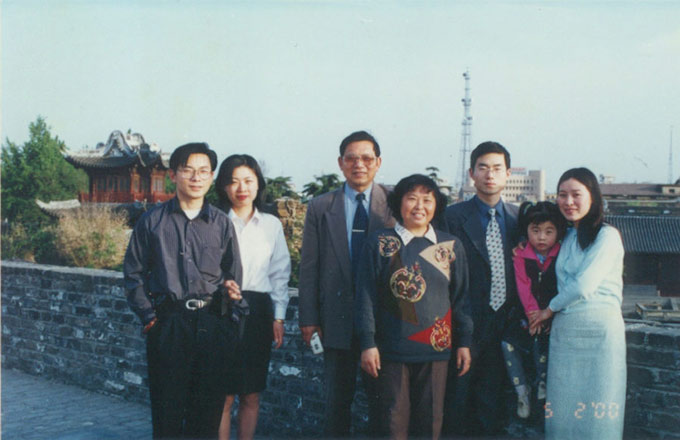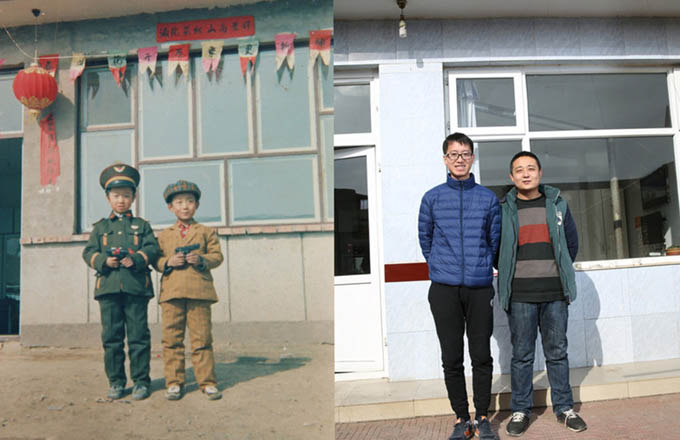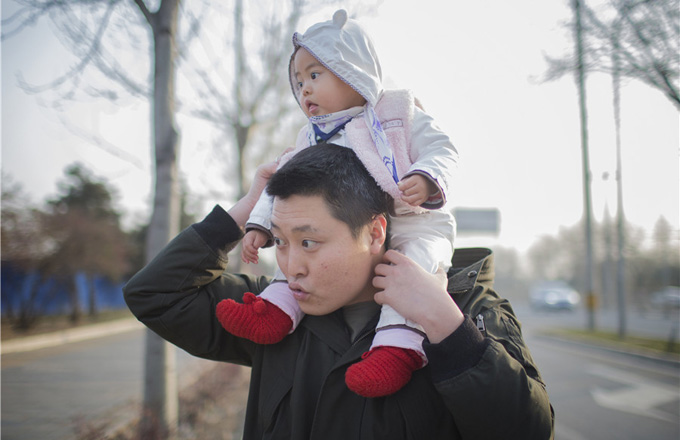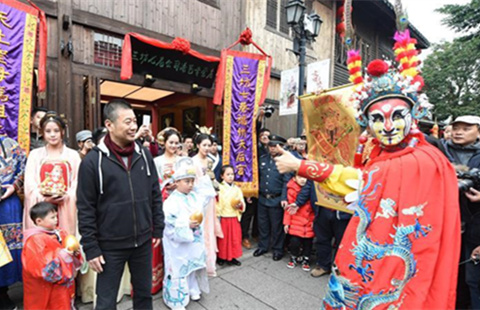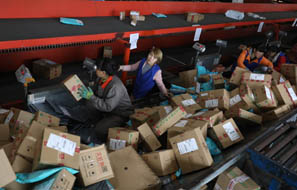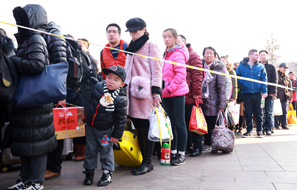Smog returns as Spring Festival ends
Fireworks drag down air quality; some city bans prove effective
Many cities in northern China will face a smoggy weekend due to the windless weather, while smoke from firecrackers will worsen pollution in some areas, the national environmental authority said.
Air quality will start to decline on Thursday in many northern regions and reach a low on Friday, especially in the Beijing-Tianjin-Hebei region, the Ministry of Environmental Protection said.
Other regions, including in the south and northeast, will also be blanketed by smog, which is forecast to fall to light and moderate levels on Friday, the ministry added.
After Sunday, affected regions will embrace blue skies, though some cities will see pollution lingering due to firecrackers, the National Environmental Monitoring Center said.
Setting off firecrackers, a traditional way to celebrate the Lunar New Year, can cause air pollution to suddenly worsen.
As of 6 pm on Jan 27, Lunar New Year's Eve, only 19 of the 338 cities with regular air quality monitoring had hazardous levels of pollution. However, at 2 am on Saturday, after firecrackers had been set off that night, 183 cities had hazardous air pollution, among which 62 saw the air quality index reach its upper limit, the ministry said.
Air quality in the Beijing-Tianjin-Hebei region and neighboring provinces was more severely affected by fireworks, the ministry said.
For example, Beijing saw the concentration of PM2.5 - fine particulate matter with a diameter less than 2.5 microns that is harmful to health - soar from 97 micrograms per cubic meter at 7 pm on Friday to 647 at 2 am on Saturday, dragging air quality to the most hazardous level within seven hours, said Li Yunting, head of air quality monitoring at the Beijing Environmental Monitoring Center.
Cities that banned fireworks found the move effective in controlling pollution, the ministry said.
For example, the average PM2.5 reading during the same period in Shanghai was 17, the ministry's data showed.
In addition to fireworks, coal consumption for heating and industrial production were still major sources of pollution during the holiday, the ministry said.
Wang Shuxiao, an environmental professor at Peking University, said while small plants suspended production during the holiday, emissions from large plants continued, making them a major source of pollution.






